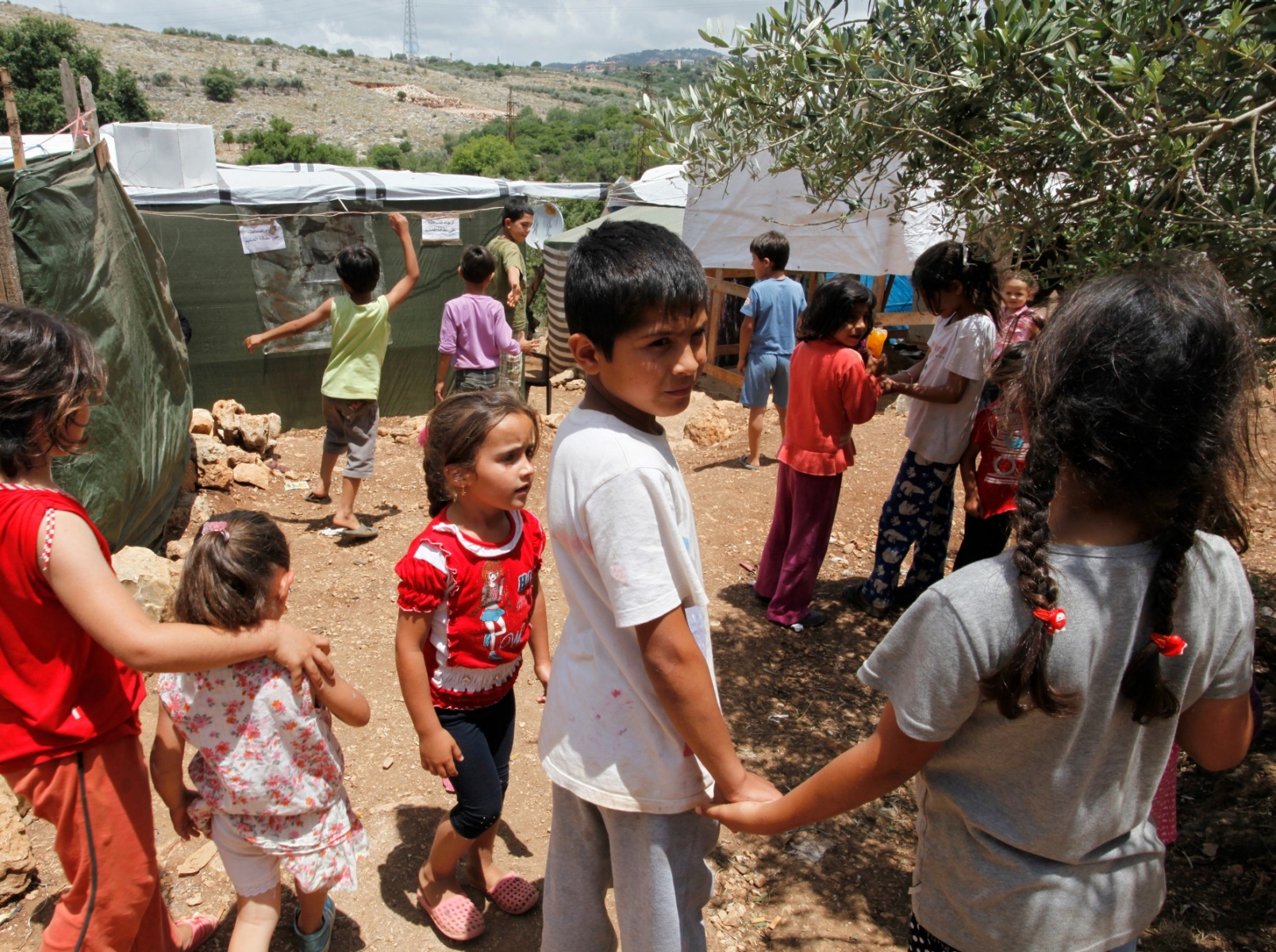
There are 30 million refugees around the world. Humanitarian agencies aim for one of three durable solutions for them: voluntary repatriation, local integration, and resettlement, with repatriation being the preferred solution. However, the authors find that only one-third of refugees return home after ten years. Returns have not kept pace with new displacement. The status quo is a growing global population of displaced people living in limbo without full citizenship rights, and with their host countries experiencing ever-greater political and economic strains of hosting them. The need to find new solutions to facilitate safe refugee return has become more urgent.
The authors aim to address this need by examining barriers to, and facilitators of, the safe and sustained return of refugees. The authors examined evidence from the literature about refugee returns; conducted interviews with global experts; examined cross-national data trends from 53 cases; and conducted case studies of refugee returns in the Western Balkan countries of Bosnia and Herzegovina and Kosovo, as well as the Kurdistan Region–Iraq, involving focus groups with returned refugees.
The authors found that, despite the intent of global humanitarian and development communities, most refugees are unable to return or find another durable solution even after decades of displacement. The authors offer recommendations to governments, donors, and international organizations, recommending that the three durable solutions be pursued in combination with, and accompanied by, efforts to develop a greater menu of interim solutions with robust international support to promote the well-being of refugees and their host communities.
Key Findings
Despite an emphasis on return as the preferred durable solution, the majority of refugees do not return home even ten years after a conflict ends
- Only about one-third of refugees return after ten years, and the other two durable solutions of resettlement and local integration are even less common. This leaves most refugees with an indeterminant status—indefinitely.
Personal and family ties were important drivers of return
- Returnees noted that their connection to the homeland—including ties of emotion and heritage, family members who remained in the home country, or other personal connections—was a strong driver of return.
Conditions in the host country were not a strong driver of returns in most cases
- Although conditions in the host countries were rarely a predominant driver of returns, interviews and focus groups revealed that extended periods of displacement sometimes led to increased tensions with the host communities over time.
Improved conditions in the home country could facilitate the decision to return, but most people continued to face economic or other reintegration challenges after returning home
- The end of armed conflict did not always create the conditions of peace and security necessary for sustainable returns.
Other governments and multilateral organizations facilitated returns through military intervention, stabilization, humanitarian action, and capacity-building
- The three case studies of Bosnia and Herzegovina, Kosovo, and the Kurdistan Region–Iraq involved some level of U.S.-led military intervention; and multilateral organizations took varying approaches in the scale, coordination, and type of assistance provided.
Recommendations
- Expend greater effort on conflict resolution and stabilization to prevent conflict-based displacement. Reinvest in and reinvigorate multilateral approaches that already exist at some level to resolve conflicts, preventing them from escalating before mass displacement occurs.
- Focus on facilitating return during the first five years after a conflict. Because the highest rates of return occur soon after the conflict ends, donor governments and international agencies should expend more resources in these early years, including providing information, facilitating return journeys, and rebuilding communities.
- Ensure that return efforts integrate local, national, and regional solutions, as well as coordination of international diplomatic, security, humanitarian, and development efforts. Host countries should be encouraged to play a role, as they are essential partners in this process.
- Build the capacity of home country governments at the national and local levels to manage returns and security. Offer training and support at the national and local levels to ministry staff, local government officials, municipal law enforcement, and other community-based organizations.
- Invest in monitoring and accountability systems to track and report on refugee returns. Ensure that key milestones are met.
- Take demographic shifts, natural migration patterns, and personal preferences into account when developing refugee return policies and programs.
- Design return and development aid to address structural economic problems and public-service inefficiencies.
- Update standards, guidelines, and metrics to guide refugee return efforts globally.
- Target mixed and comprehensive durable and interim solutions in a timely manner as the preferred solution for refugees.

